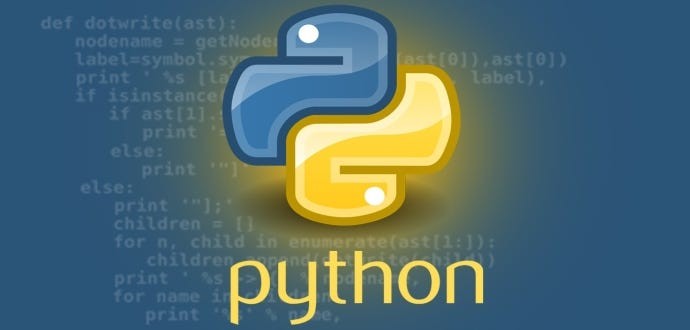Python project-based interview questions for data analyst role, along with tips and sample answers [Part-1]
1. Data Cleaning and Preprocessing
– Question: Can you walk me through the data cleaning process you followed in a Python-based project?
– Answer: In my project, I used Pandas for data manipulation. First, I handled missing values by imputing them with the median for numerical columns and the most frequent value for categorical columns using fillna(). I also removed outliers by setting a threshold based on the interquartile range (IQR). Additionally, I standardized numerical columns using StandardScaler from Scikit-learn and performed one-hot encoding for categorical variables using Pandas’ get_dummies() function.
– Tip: Mention specific functions you used, like dropna(), fillna(), apply(), or replace(), and explain your rationale for selecting each method.
2. Exploratory Data Analysis (EDA)
– Question: How did you perform EDA in a Python project? What tools did you use?
– Answer: I used Pandas for data exploration, generating summary statistics with describe() and checking for correlations with corr(). For visualization, I used Matplotlib and Seaborn to create histograms, scatter plots, and box plots. For instance, I used sns.pairplot() to visually assess relationships between numerical features, which helped me detect potential multicollinearity. Additionally, I applied pivot tables to analyze key metrics by different categorical variables.
– Tip: Focus on how you used visualization tools like Matplotlib, Seaborn, or Plotly, and mention any specific insights you gained from EDA (e.g., data distributions, relationships, outliers).
3. Pandas Operations
– Question: Can you explain a situation where you had to manipulate a large dataset in Python using Pandas?
– Answer: In a project, I worked with a dataset containing over a million rows. I optimized my operations by using vectorized operations instead of Python loops. For example, I used apply() with a lambda function to transform a column, and groupby() to aggregate data by multiple dimensions efficiently. I also leveraged merge() to join datasets on common keys.
– Tip: Emphasize your understanding of efficient data manipulation with Pandas, mentioning functions like groupby(), merge(), concat(), or pivot().
4. Data Visualization
– Question: How do you create visualizations in Python to communicate insights from data?
– Answer: I primarily use Matplotlib and Seaborn for static plots and Plotly for interactive dashboards. For example, in one project, I used sns.heatmap() to visualize the correlation matrix and sns.barplot() for comparing categorical data. For time-series data, I used Matplotlib to create line plots that displayed trends over time. When presenting the results, I tailored visualizations to the audience, ensuring clarity and simplicity.
– Tip: Mention the specific plots you created and how you customized them (e.g., adding labels, titles, adjusting axis scales). Highlight the importance of clear communication through visualization.






